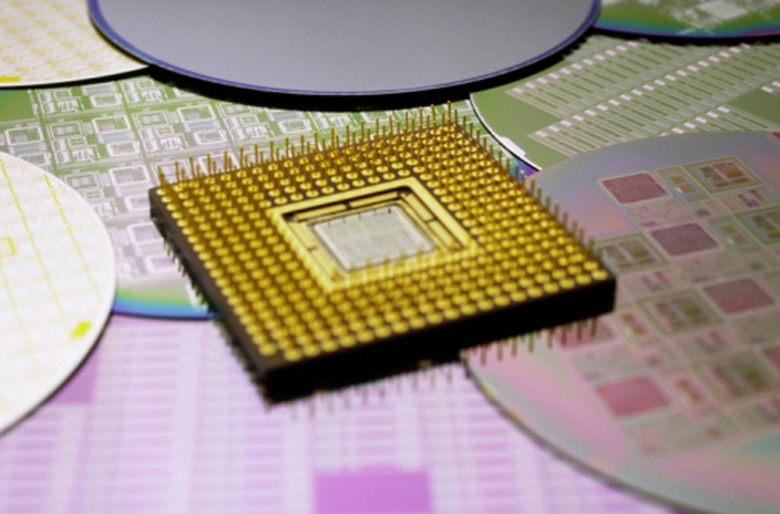Similarities Of Silicon & Carbon
Silicon and carbon are among the most similar elements on the periodic table. They have some major differences, such as silicon being an inorganic compound, but many of the compounds created using carbon or silicon are almost twins. Carbon is the element of life forms, playing a major role in metabolic processes, while silicon is an element of the machines, serving as a major component for parts, such as semiconductors.
Abundance
Abundance
A large portion of the Earth is comprised of silicon and carbon, making them among the most significant nonmetallic substances. Both silicon and carbon are abundant throughout the universe and on the planet Earth.
Compounds
Compounds
Both carbon and silicon commonly form compounds, easily sharing electrons with other elements. Carbon will make multiple bonds with other carbon molecules by forming single, double and triple covalent bonds. Carbon forms compounds such as methane, propane, butane, benzene and carbon dioxide. Silicon forms compounds such as silane, disilicon hexahydride, silicon tetrafluoride and silicon tetrachloride. Carbon and silicon are often combined, with carbon serving as silicon's backbone. However, silicon can also form silicon polymers, which are silicon and oxygen structures.
Periodic Table
Periodic Table
Both carbon and silicon are members of the IVA family on the periodic table. Both carbon and silicon are non-metals. Silicon is only a little bit more metallic than carbon because it loses its electrons a little more easily. They both have a valence of 4. Carbon and silicon almost have the same density, with silicon having 2.3 grams per cubic centimeter and carbon having 2.2 grams per cubic centimeter. Both carbon and silicon are solids at room temperature.
Hardness
Hardness
Both carbon and silicon have broader hardness ranges. One form of carbon, called graphite, is one of the softest elements known. Another form of carbon, the diamond, is one of the hardest substances known. The silicon carbide is almost as hard as a diamond, and both quartz crystals and buckyballs are also very hard. Silicon's mica is the silicon version of carbon's graphite.
Human Uses
Human Uses
Both carbon and silicon are major parts of human life. Silicon is the major component of electronics and has also been used in a broad range of human inventions ranging from arrowheads to glass. Carbon is a crucial aspect of human biology.
References
- Thomas Jefferson National Accelerator Facility; The Element Silicon; Steve Gagnon
- Thomas Jefferson National Accelerator Facility; The Element Carbon; Steve Gagnon
- Elmhurst University: Carbon, C
- Elmhurst University: Silicon Polymers
- The NanoWorld of Buckminster Fuller; The Invisible Architecture; Bonnie Goldstein DeVarco
Cite This Article
MLA
Robert, Chuck. "Similarities Of Silicon & Carbon" sciencing.com, https://www.sciencing.com/similarities-silicon-carbon-8508022/. 24 April 2017.
APA
Robert, Chuck. (2017, April 24). Similarities Of Silicon & Carbon. sciencing.com. Retrieved from https://www.sciencing.com/similarities-silicon-carbon-8508022/
Chicago
Robert, Chuck. Similarities Of Silicon & Carbon last modified August 30, 2022. https://www.sciencing.com/similarities-silicon-carbon-8508022/
